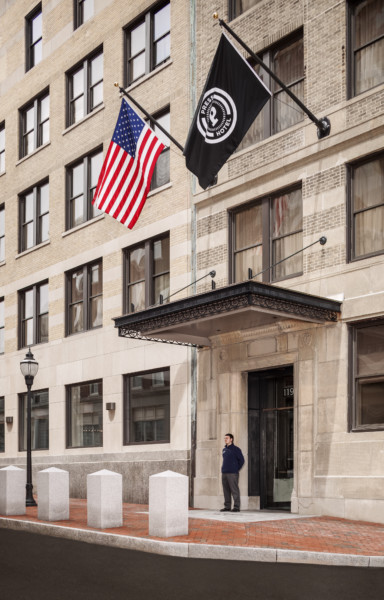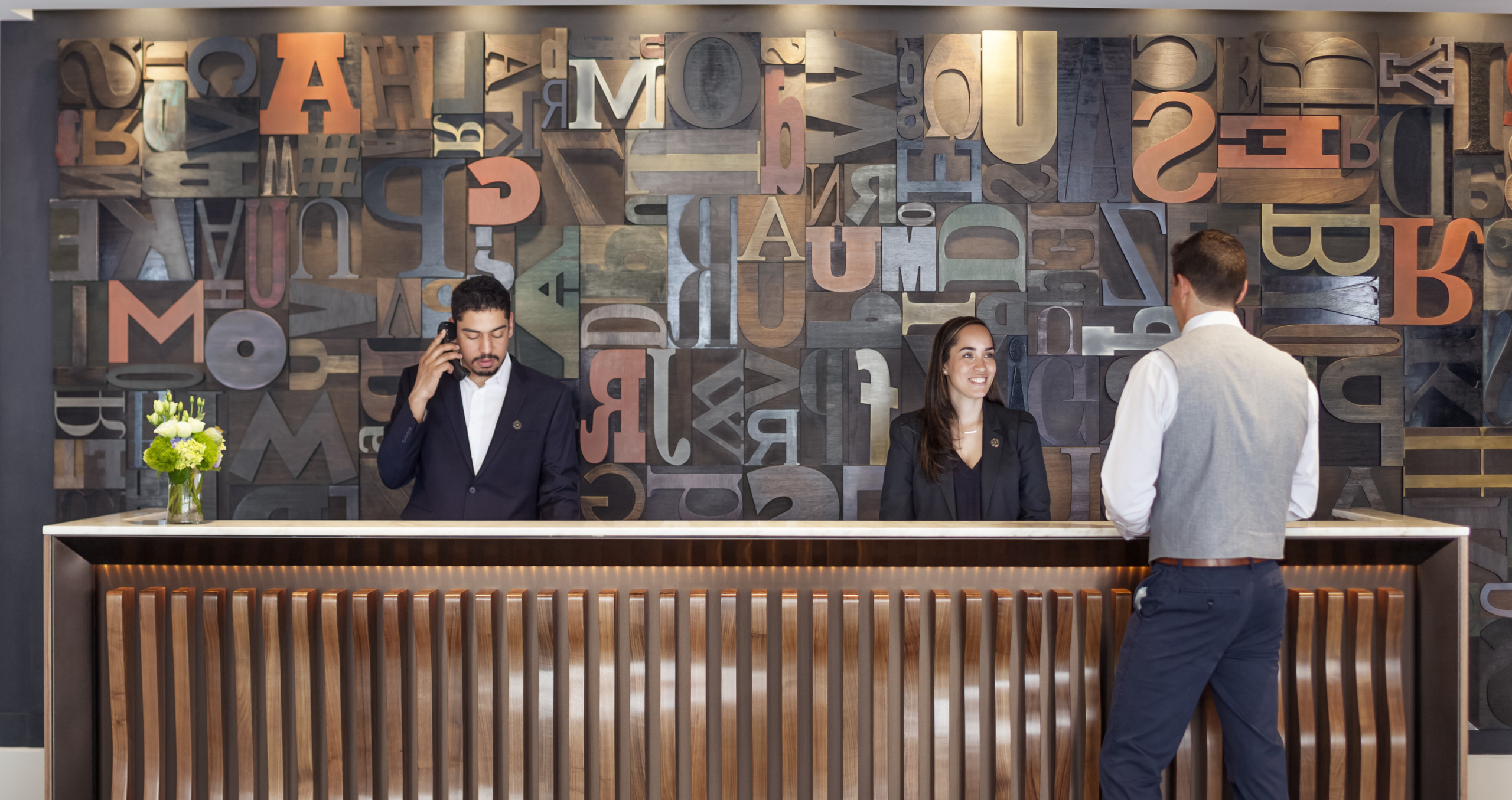The center of civic life in Portland, Maine, is the Old Port neighborhood, in the city’s downtown. The superior and district court buildings, the police and fire stations, and Portland City Hall sit on cobblestone streets. Until 2010, the local newspaper, The Portland Press-Herald, had its offices there. Built in 1923, of pale brick and grey stone, the Gannett Building, as it was called, housed the paper and its printing presses for 87 years.
It’s the office that Bill Nemitz, a veteran Press-Herald columnist, started visiting in 1977, when he was first hired at The Morning Sentinel, a sister paper in Waterville, Maine, and where he worked for nearly 36 years. “The building is situated right across from City Hall, which is a great location for a paper,” Nemitz says. From his window, he could see the mayor and the city council at work. Over the years, Nemitz spent plenty of long hours in that office. But he never spent a night there until 2015—five years after the Press-Herald had moved out and the building became a hotel.

The Gannett Building, which housed The Portland Press-Herald for nearly nine decades and is now home to The Press Hotel. Photo by Irvin Serrano.
Sitting down at a new desk in what was once his office, Nemitz found that it was in the exact same spot as his used to be. The hair on his neck stood up as he took in the familiar sight of city hall across the street. The view seemed the same, yet inside the room, there was now a bed and a gleaming walk-in shower. Nemitz says, “I was in total awe of what they had done.”
From the archives: Iowa newspaper uses escape room to solve the profit puzzle
After the Press-Herald moved out of the Gannett Building, and into offices a 15-minute drive away, in South Portland, Jim Brady, a developer born in Maine, spent $14 million (partly defrayed by tax breaks) to remake the Press-Herald offices into The Press Hotel. It opened in 2015, as part of Marriott’s “Autograph Collection.” The design concept is homegrown: There are old typewriters sitting out on tables, with stacks of paper available for guests to dash off letters. Oversized woodblock type decorates the wall behind the front desk. Conference rooms have names like the “Composing Room.”
The cost of a drink—never mind a meal (roast chicken is $26) or a room (a suite goes for $744 a night)—may be a bit steep at $13 per, but Press-Herald staff say they are happy when they walk into the lobby. “Part of me was very sad when I heard what they were going to do,” Meredith Goad, who covers food for the paper, says of the hotel team. “I have to say that I completely changed my mind after I saw it.”
Still, veteran Press-Herald journalists notice what’s gone. Long before Union, the hotel’s restaurant, was serving new American cuisine, there was a subsidized company cafeteria. There was also a rail tunnel that connected the sub-basement of the building to another building across Congress Street, allowing pages and other materials to be shuttled back and forth during production. That’s been sealed shut. “If you had young children and for whatever reason they came to see you at work, or you brought them to work,” Nemitz says, “it was sacrilege not to take them through the tunnel.”
Recently, Brandon Hussey, the director of sales and marketing at the hotel, gave me a tour. Down in the basement, where the printing presses once churned away, there is now an art gallery and a number of meeting rooms. The vintage Toledo scale that used to weigh massive rolls of newsprint remains in place; now guests use it while visiting The Press Room’s high-end gym.
What we didn’t see was the old spiral staircase—most of which is now sealed off—a too-narrow passageway between floors, where a fight once broke out between a sports editor and the owner of a local team. We didn’t see the (rather gross) second-floor bathroom where, as legend goes, a copy editor once crawled out of a window in the middle of his shift and wasn’t seen in the newsroom until exactly a year later, when he suddenly showed up for work again.
To talk about the Gannett Building is to wax nostalgic: About when the newsroom was still essentially open to the public, and people would walk in off the street looking for a reporter who could write up their stories. About when spending the night in the building meant sleeping on a desk. “We all used to really complain about that building,” Goad says. “It was really just an old run-down building, and yet everyone was so sad when we left.”
ICYMI: With Apple News+, will publishers get what they bargained for?
Willy Blackmore is a freelance journalist who covers food, culture, and the environment. He lives in Maine.

